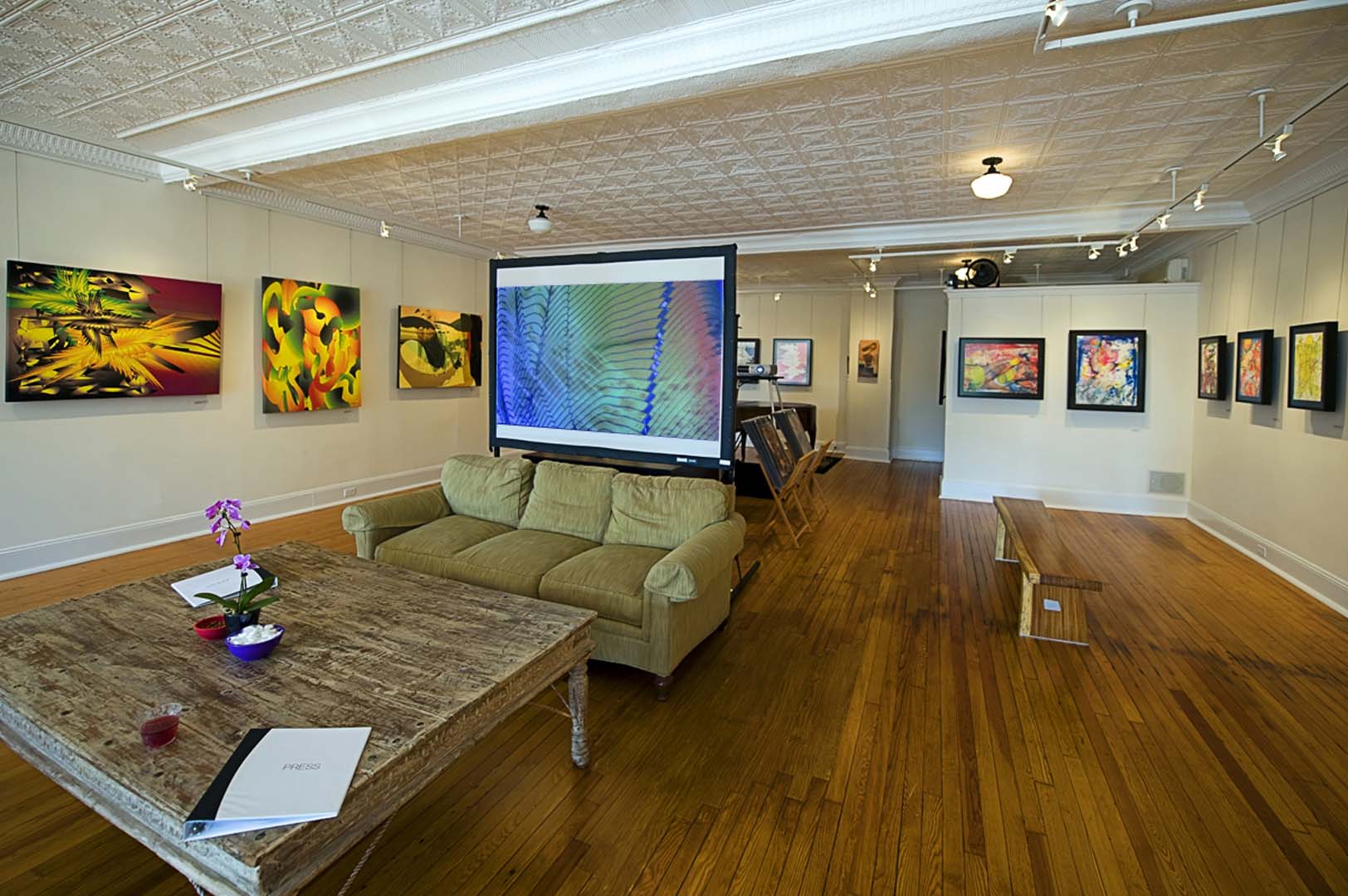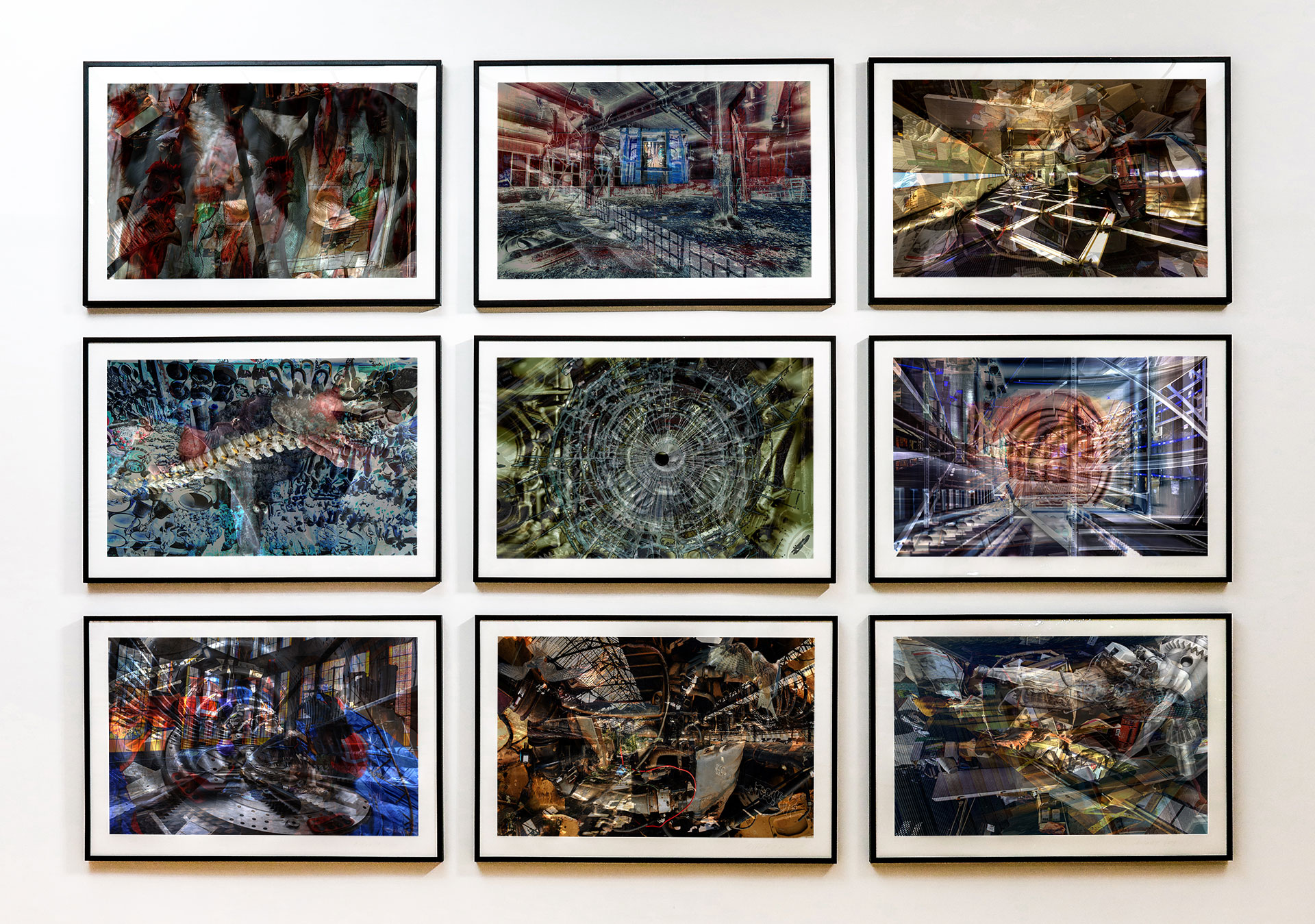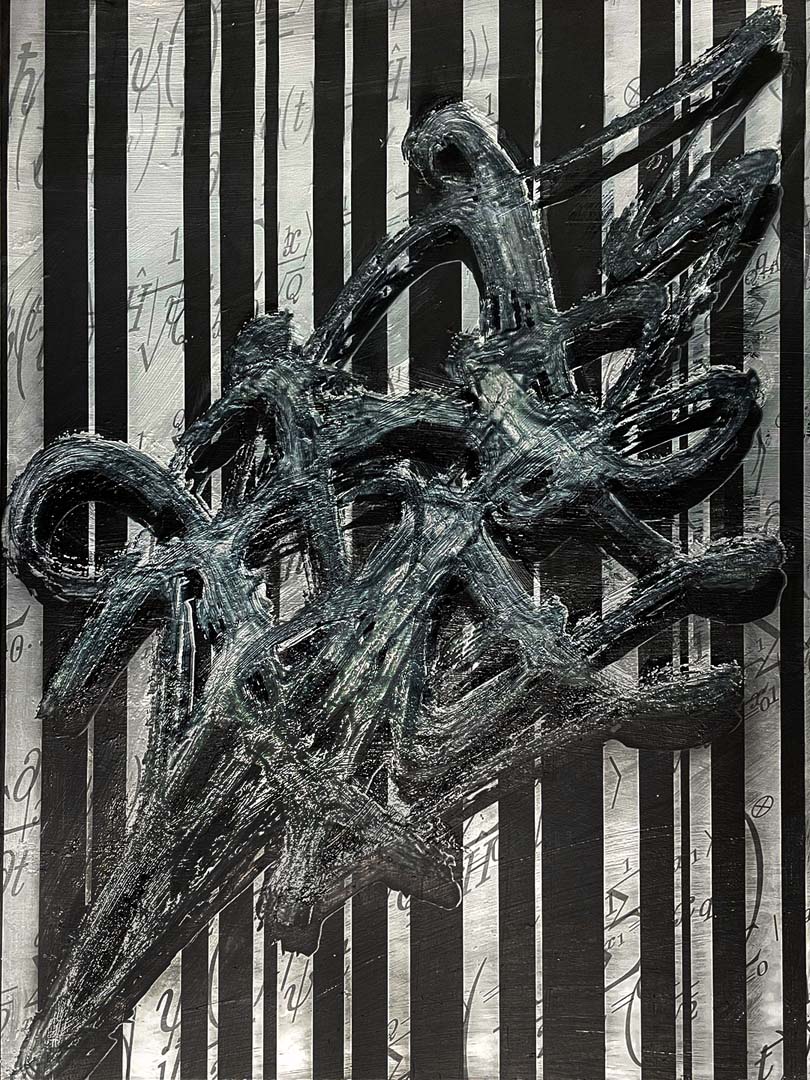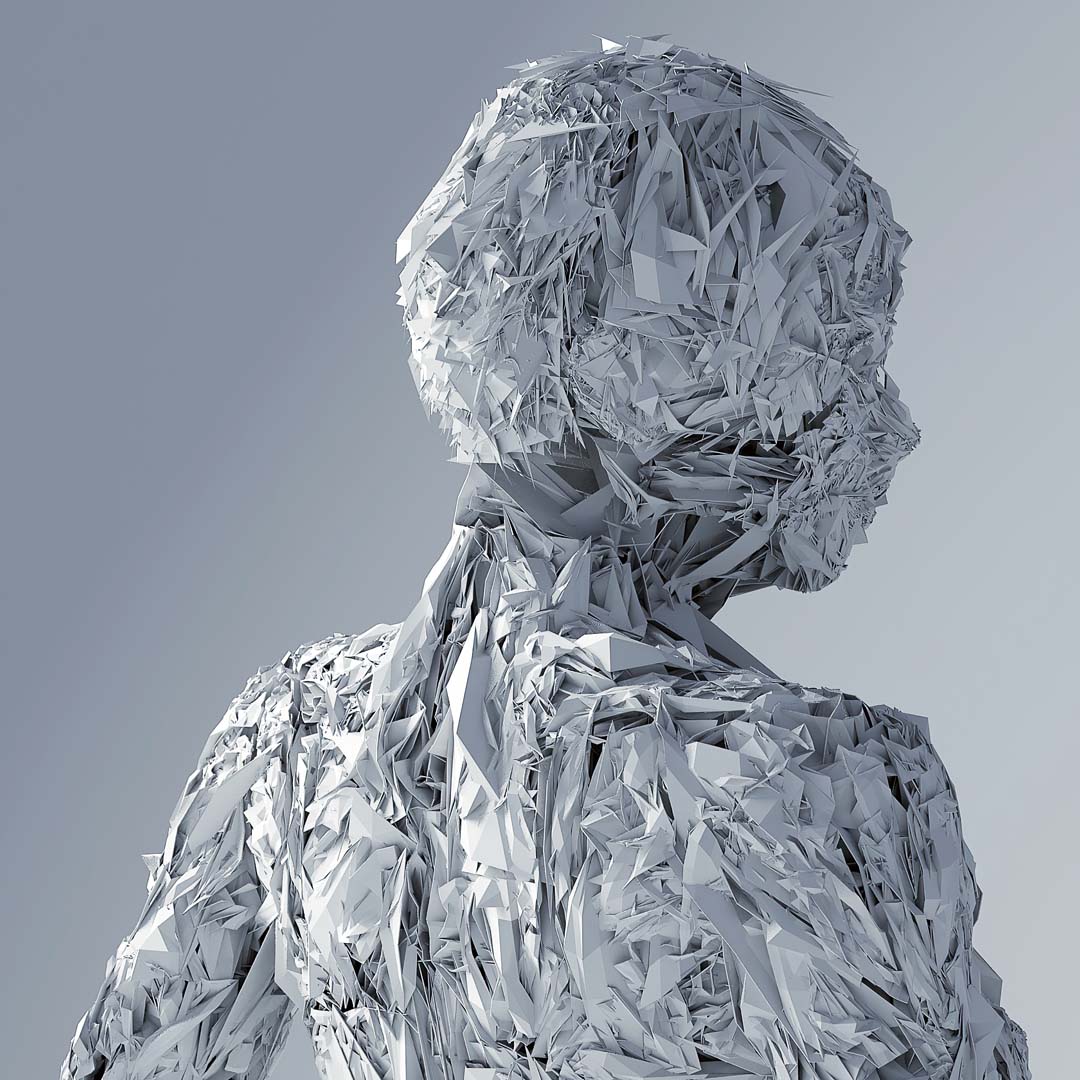The Rorschach Series by Suzanne Anker
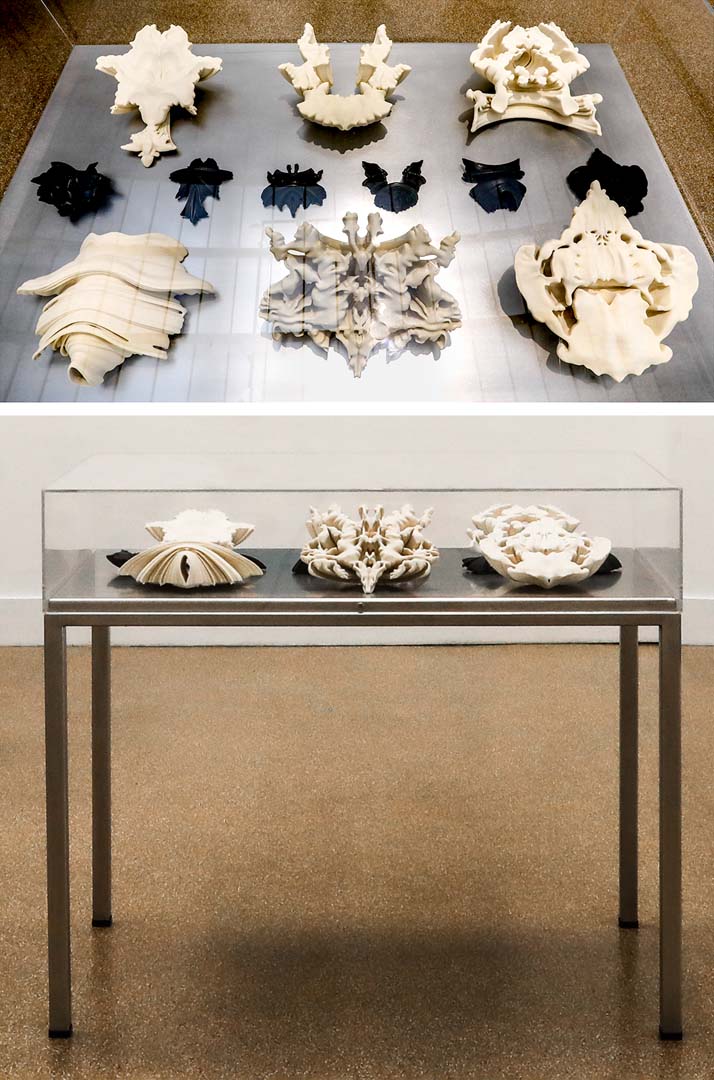
Suzanne Anker, The Rorschach Series, 2002-2004. Plaster, resin, bronze, plexiglas vitrine. Dimensions variable.
Technology and art have been conjoined since the pre-historical epoch. From the camera obscura to the photographic lens to digital apparatuses, they have become and continue to be handmaidens in the production of images and objects. Add to the mix the Internet’s distribution process, we are all experiencing a paradigmatic shift in consciousness. Information, disinformation, mutation and archive editing have dispersed the past, present and future into an amalgam of speculative possibilities.
As an abstract data system, the Rorschach test was initially administered to schizophrenic patients with the intention of uncovering the workings of the unconscious mind. Later, as a projective technique, its ambiguous inkblots theoretically unveiled hidden thoughts lurking in the imagination as fantasy. However, the inkblot is not random. Through computer technology, the inkblot’s irregular circumference is not arbitrary. It can be deciphered through mathematical configurations, like the geometry of a coastline. When turned into three-dimensional form, the inkblot images acquire unforeseen metaphorical associations.
My work in the Techspressionism exhibition at the Southampton Arts Center in New York is an array of such three-dimensional Rorschach inspired sculptures. Fabricated by a 3-D computer generated program coding for single layers of zeros and ones at a time, the resulting objects appear as bone structures, sea creatures and other organic forms. What unexpected metaphors lie beneath variations of scale, medium and the indefiniteness of the purportedly random? What atypical configurations can we grasp from machine intelligence?
Seen within a cultural context, the idea of a Rorschach test functions as an indicator of hidden aspects of society itself. Can we read Aldous Huxley’s Brave New World as a functional artifact reflecting the projected future? His concern is with the “dehumanization of human beings through technology”. Are Margaret Atwood’s The Handmaid’s Tale or George Orwell’s 1984 also inkblots of projecting or even forecasting humankind’s trajectory?
Suzanne Anker
East Hampton, NY USA
June 2022
View the artist’s work included in the exhibition here.

